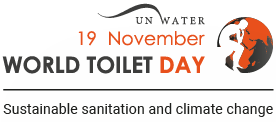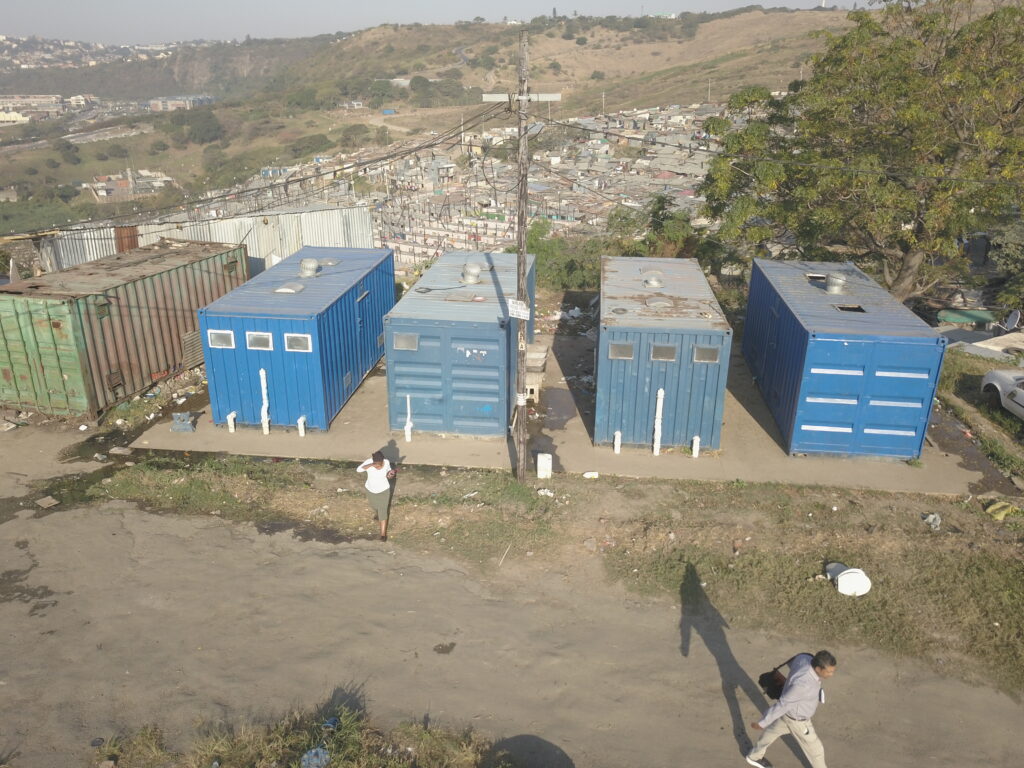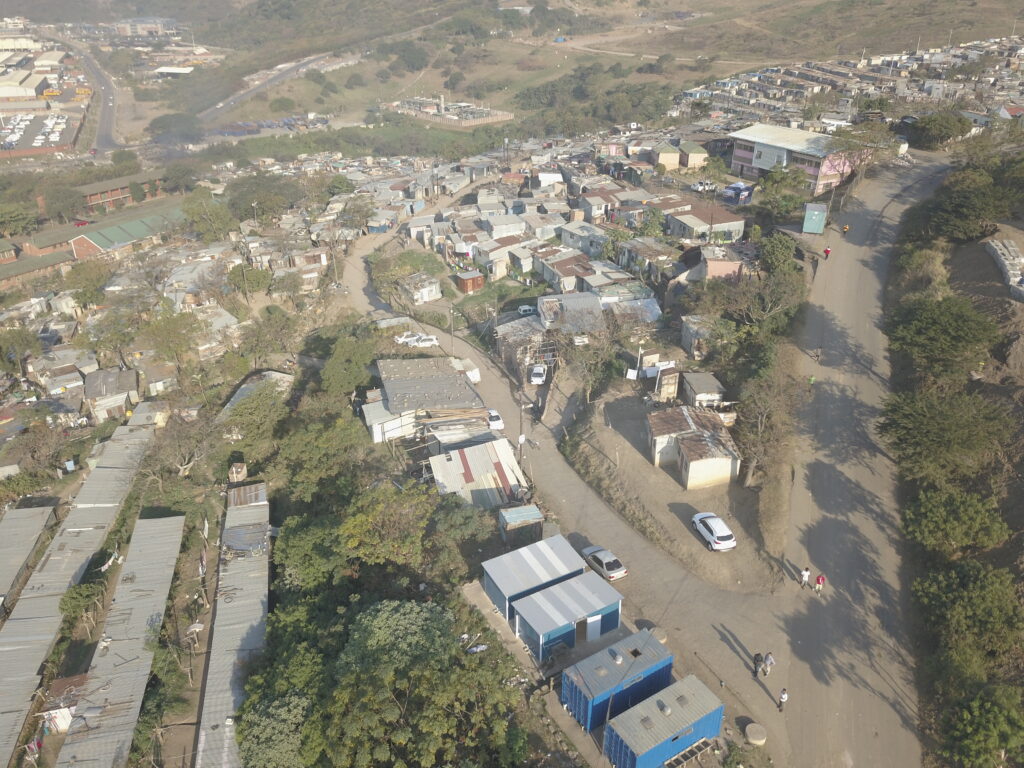Wastewater scientists around the world have been tracking the genetic material of coronavirus in the sewer systems. Using the knowledge that infected patients shed the virus in their stools and urine, scientists can detect the genetic material of the virus at wastewater plants. The detection of the genetic material of the virus does not indicate whether the virus is viable i.e. infectious.
In the United States, scientists led by Yale University have positively correlated the COVID-19 patient admission curve with the quantity of genetic material of SARS-CoV-2 detected at a wastewater plant at a specific geolocation.
Many countries have begun a COVID-19 wastewater surveillance programme as means of tracking disease progression and understanding when peaks occur:
- In Italy, wastewater scientists using wastewater samples that been previously collected had detected the virus genetic material before the first outbreak occurred in that country. The results highlight the usefulness of tracking the virus in wastewater and complementing individual testing as a means of understanding outbreak patterns.
- In South Africa, the Water Research Commission (WRC) has recently concluded a proof of concept study in determining whether the genetic material of the virus is present in the sewer system in selected cities. Appreciable levels of genetic material of the virus that causes COVID-19 has been detected in samples recovered from a single non-sewered settlement that undertaken during the previously discussed proof-of-concept study.
Following the detection of the genetic material of the virus at appreciable levels, the WRC and partners will further this research into developing a wastewater surveillance programme that has the potential to be linked to disease outbreak tracking:
Monitoring non-sewered communities
While sewered systems offer the opportunity to possibly track COVID-19 outbreaks within the boundary of a specific sewered network, many developing countries including South Africa, are characterised by a mixture of sewered and non-sewered sanitation systems.
Globally, around 2-billion people rely on non-sewered sanitation systems, mostly in developing countries. Non-sewered systems include the septic tanks, various latrine systems – known as long-drop to the general public and other forms of sanitation that are not connected to a sewer system. In South Africa, around 4 million households use latrines for their sanitation needs and there is no single metropolitan in South Africa that is 100% sewered. This represents a significant number of the population that cannot be covered by the current COVID-19 wastewater surveillance tool.

The article is published in connection with World Toilet Day. Credit: UN Water
To address this gap and increase awareness of the mixed approach to sanitation technologies in developing countries, the WRC and the Grundfos Foundation have partnered to develop a water quality-based surveillance tool for non-sewered settlements as part of city-wide approach that will complement the wastewater surveillance programme and in turn provide support to other means of tracking disease outbreaks.
A simple, replicable method
The next phase of research undertaken with financial support by the Grundfos Foundation aims to determine if the virus genetic material can be detected in other non-sewered locations across South Africa and develop a surveillance approach which could be used by other developing countries. To our knowledge, it is the first large-scale programme being undertaken globally that will monitor SARS‑CoV-2 in water and sanitation samples collected from non-sewered settlements as means of developing a COVID-19 surveillance tool.
Many benefits
There are a number of benefits for developing a water quality-based surveillance tool for non-sewered settlements:
- First, most developing countries and their cities are served by non-sewered sanitation technologies. These areas generally do not have sewer systems to dispose of greywater – washing water – and faecal waste and generally represent the more vulnerable population which have limited financial resources and living in densely-packed non-regulated areas, the use of shared ablution facilities is common.
- Second, if the virus genetic material is detected at significant quantities, the data could be used to provide an early warning system in densely-populated non-sewered areas in which social distancing is challenging and therefore the disease transmission risk is potentially high.
The development of a non-sewered sanitation COVID-19 surveillance tool can complement the sewered wastewater surveillance as part of a city-wide water quality-based surveillance approach and develop a knowledge base that can provide a better understanding of COVID-19 spread within countries.
Article originally published by Sudhir Pillay, Chantal Ramcharan-Kotze og Jay Bhagwan, WRC. Edited by Anne Bisgaard Christensen, PDJF



